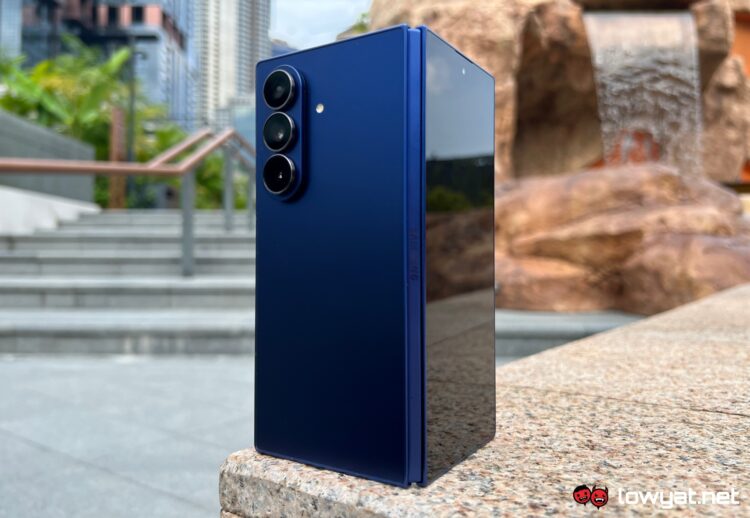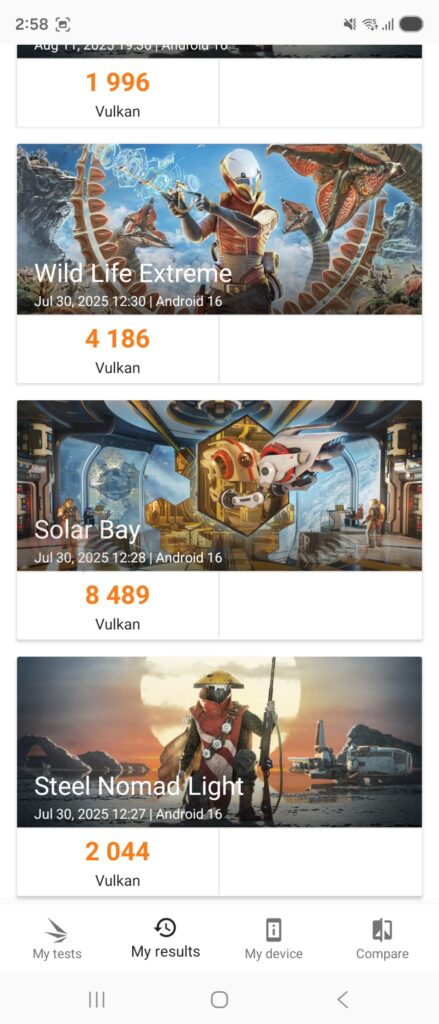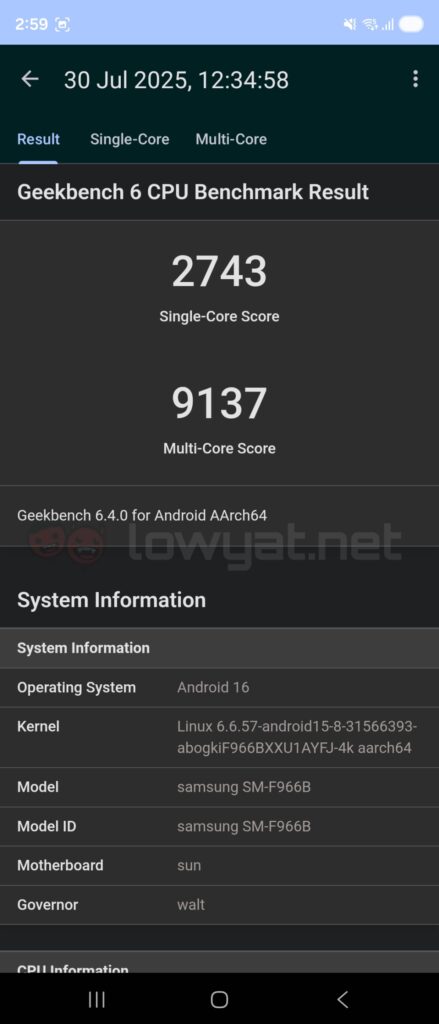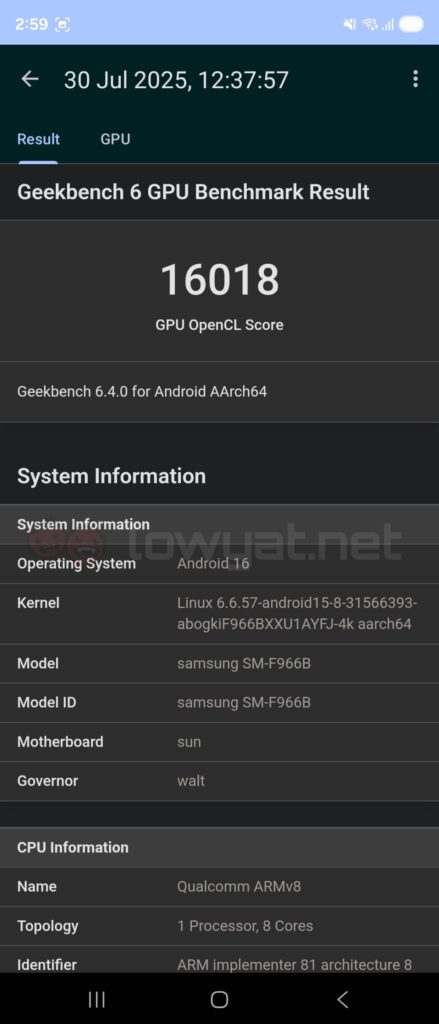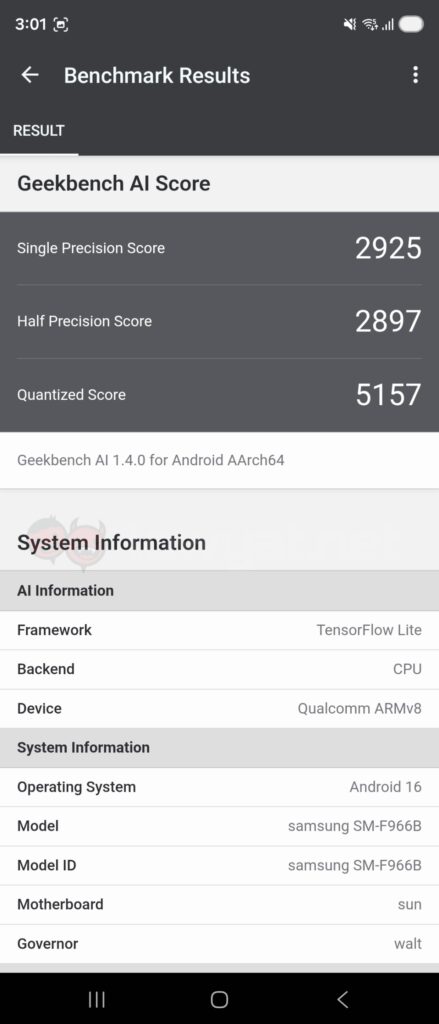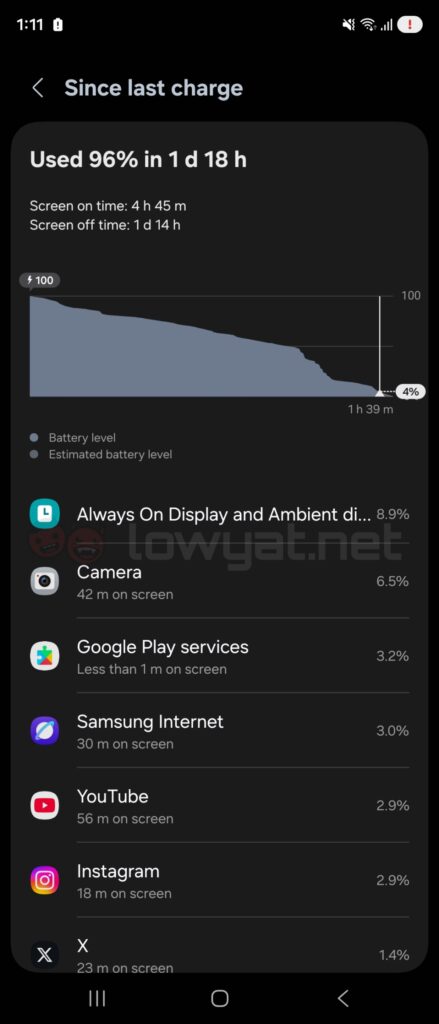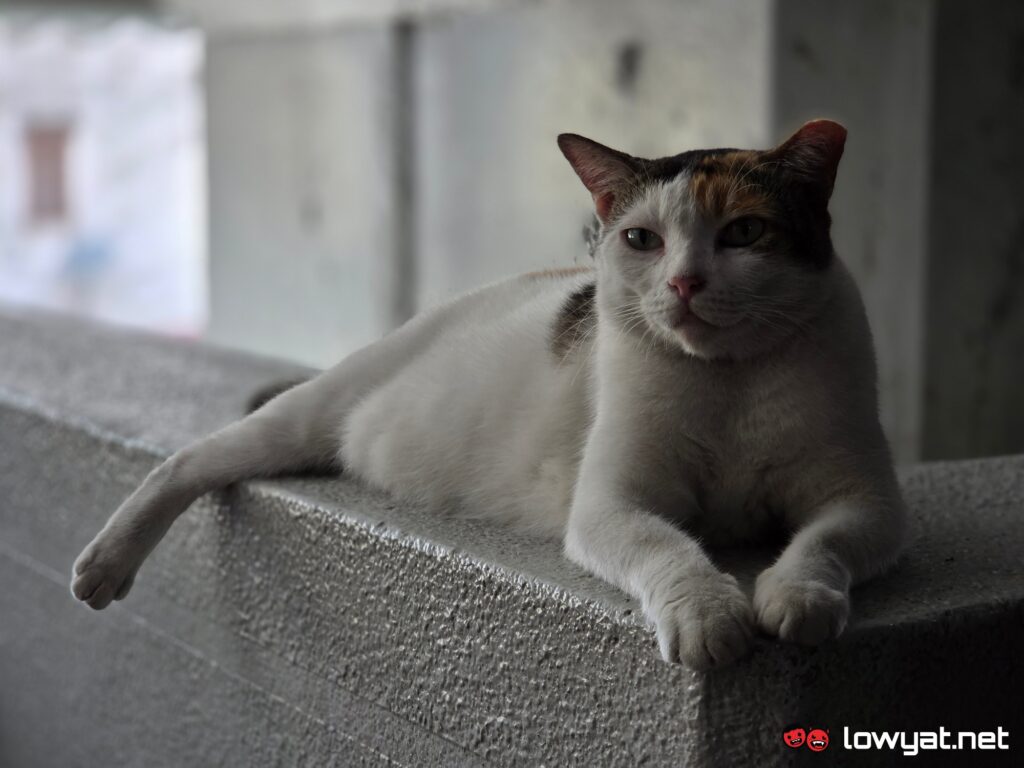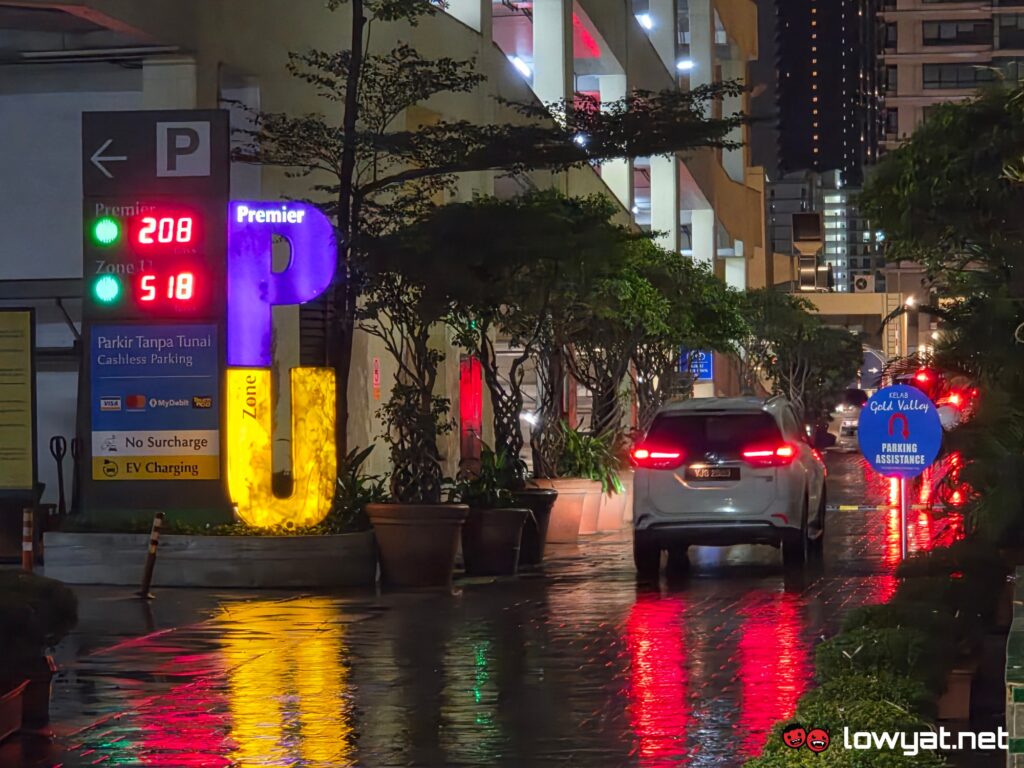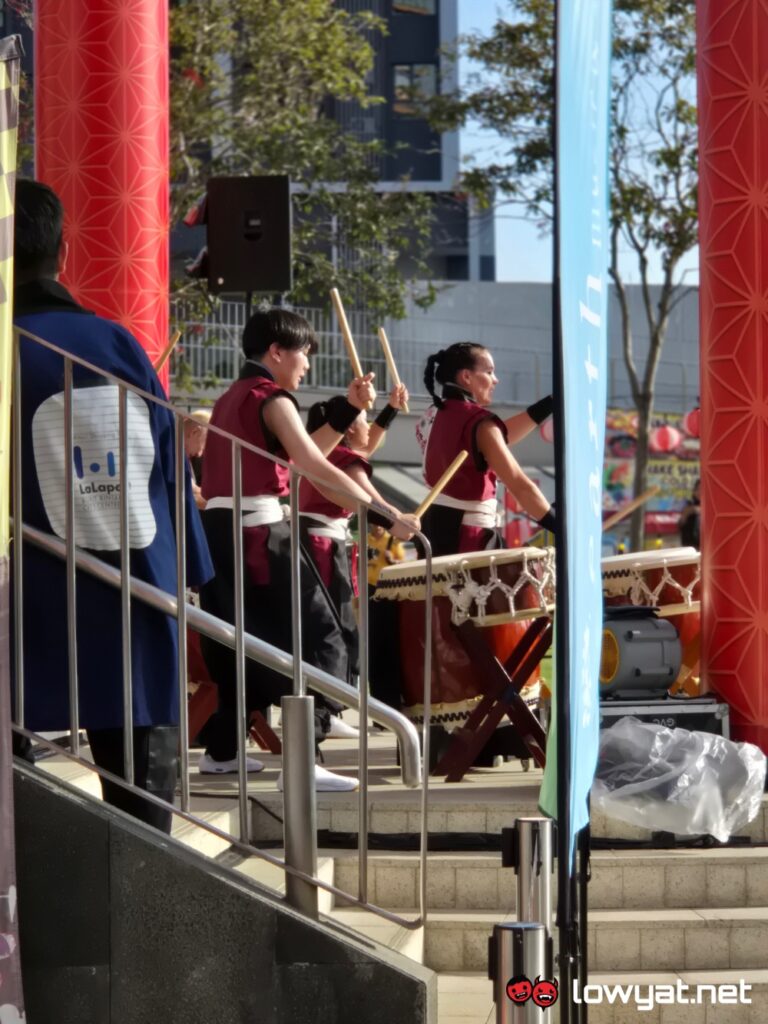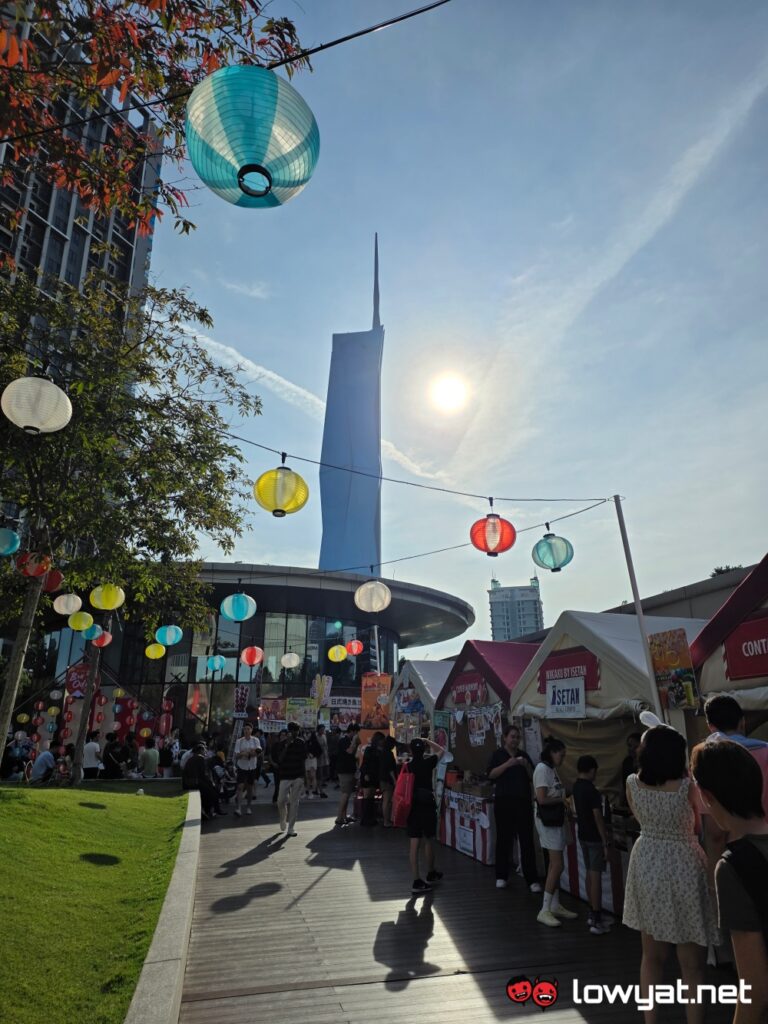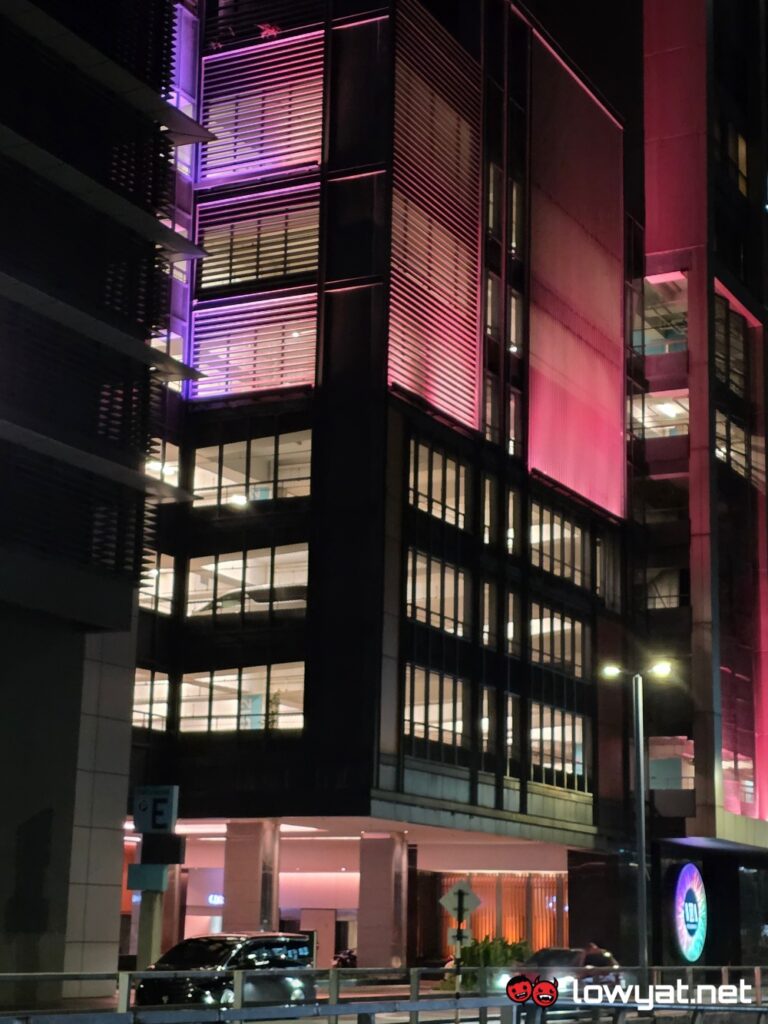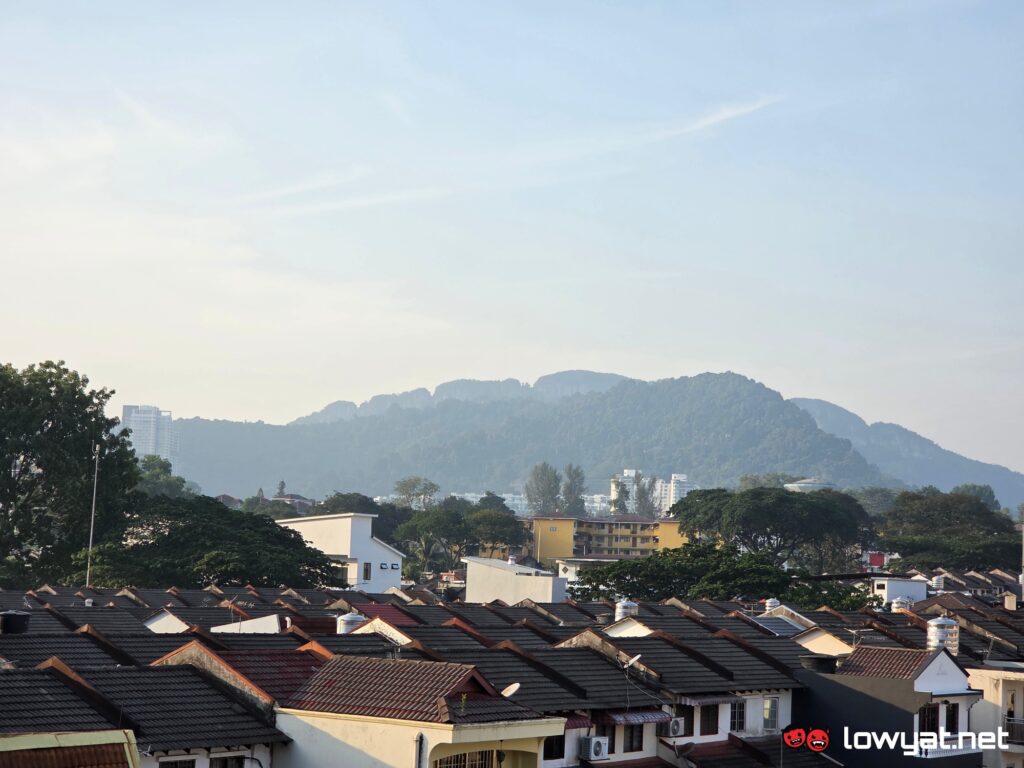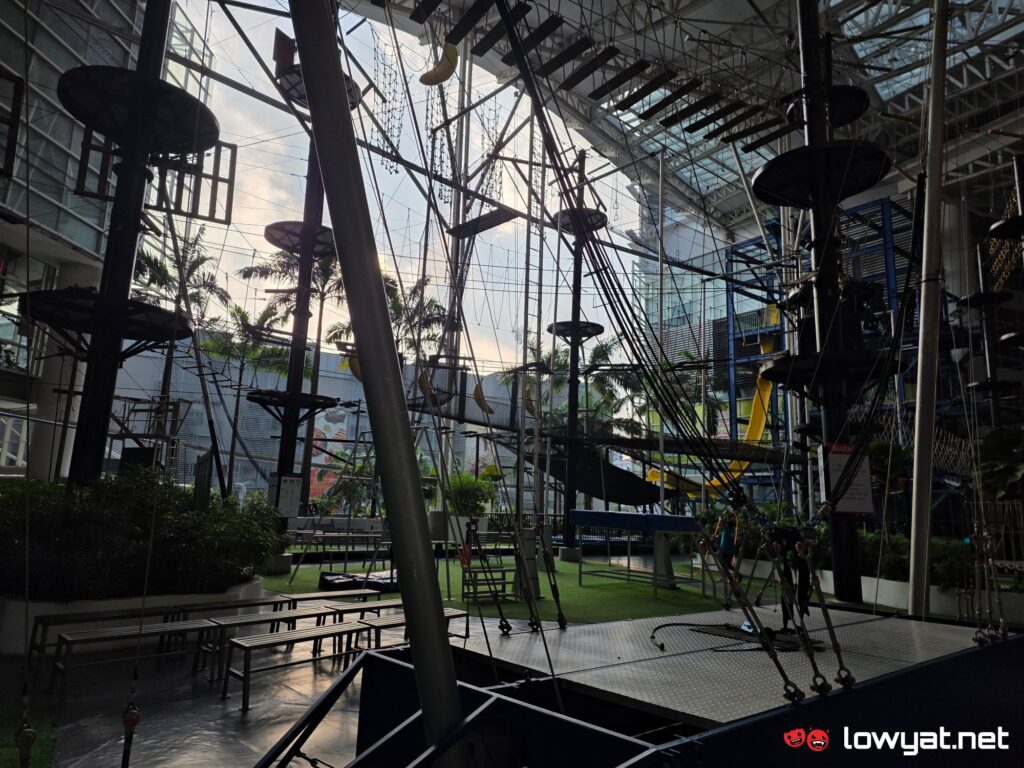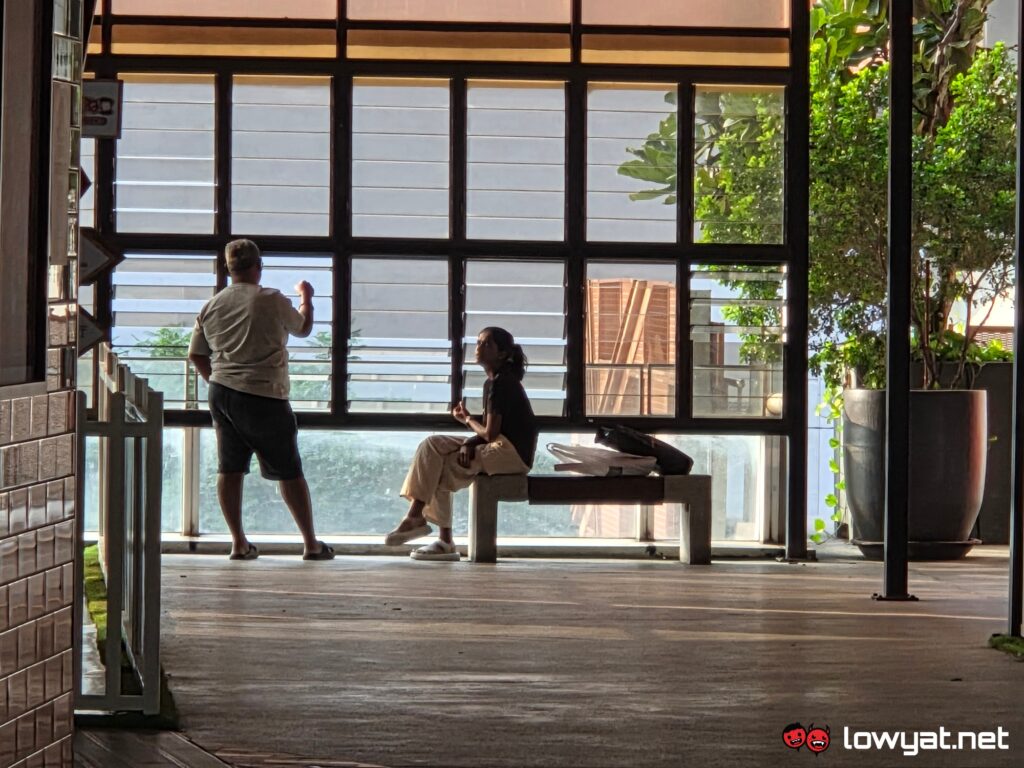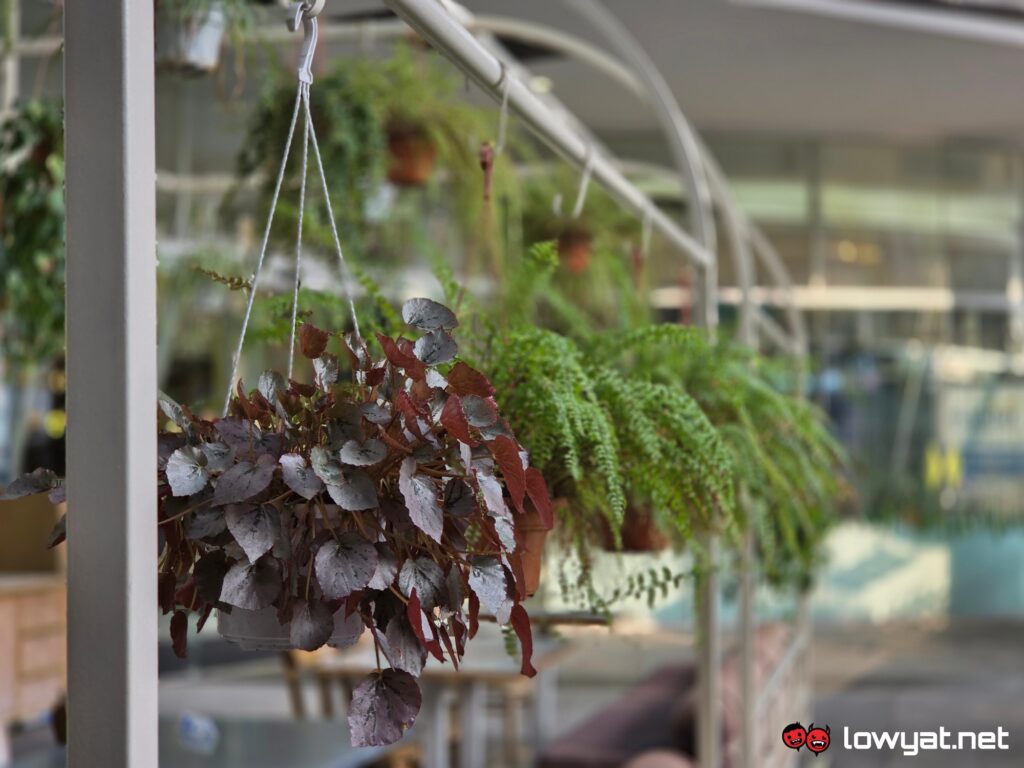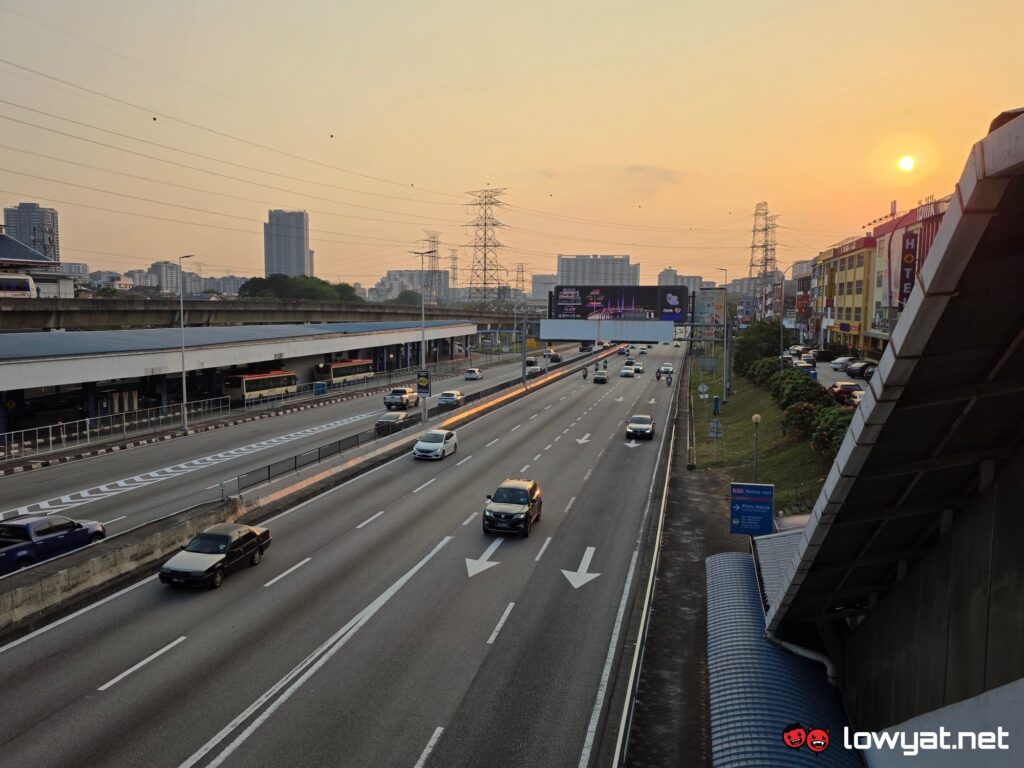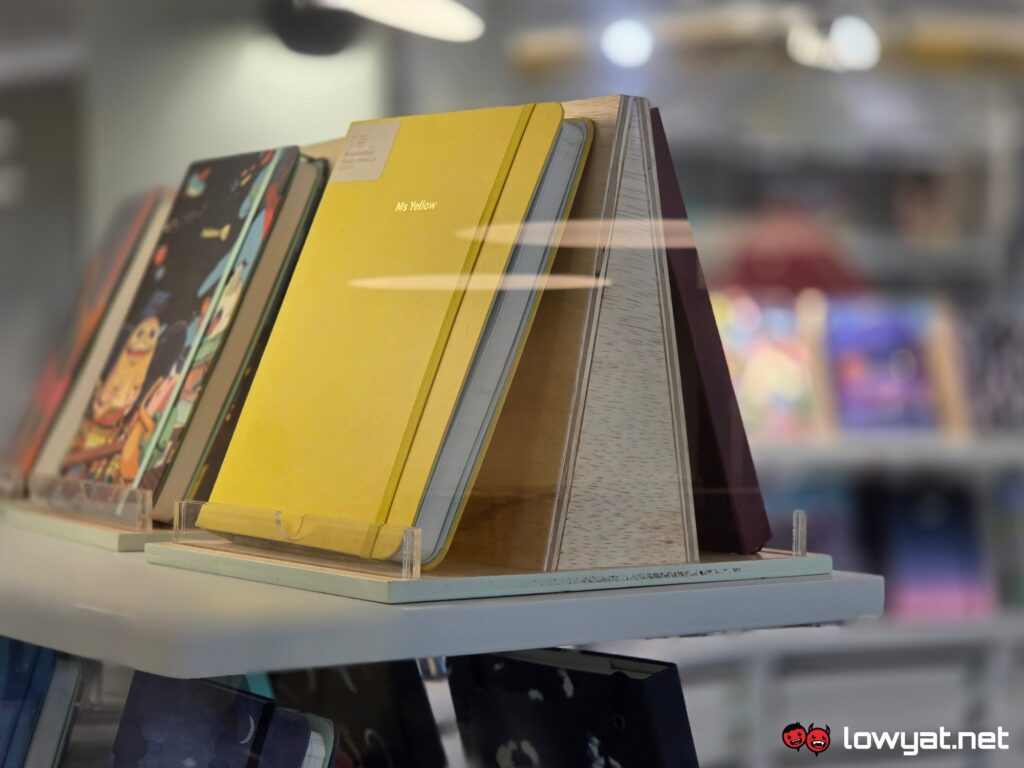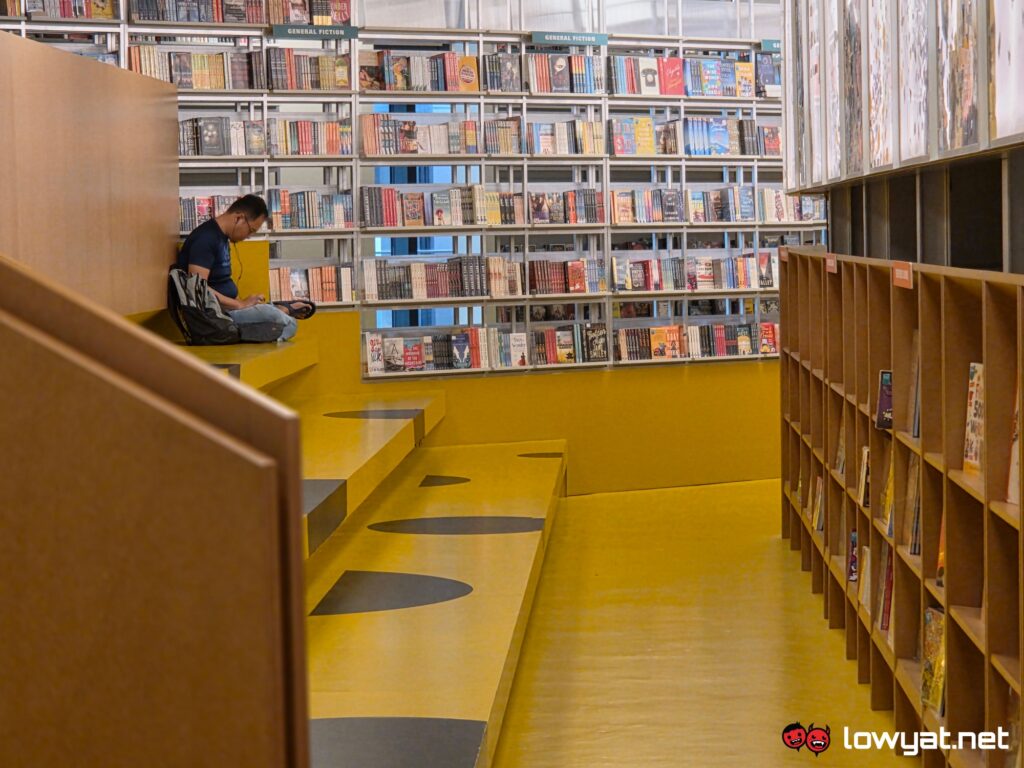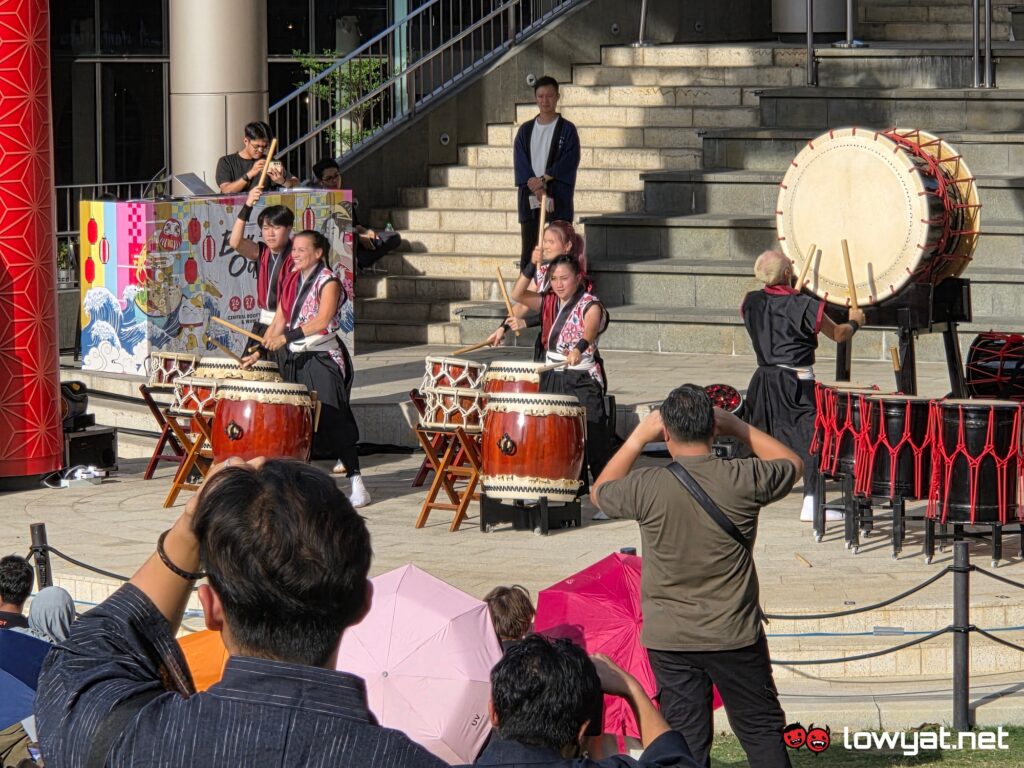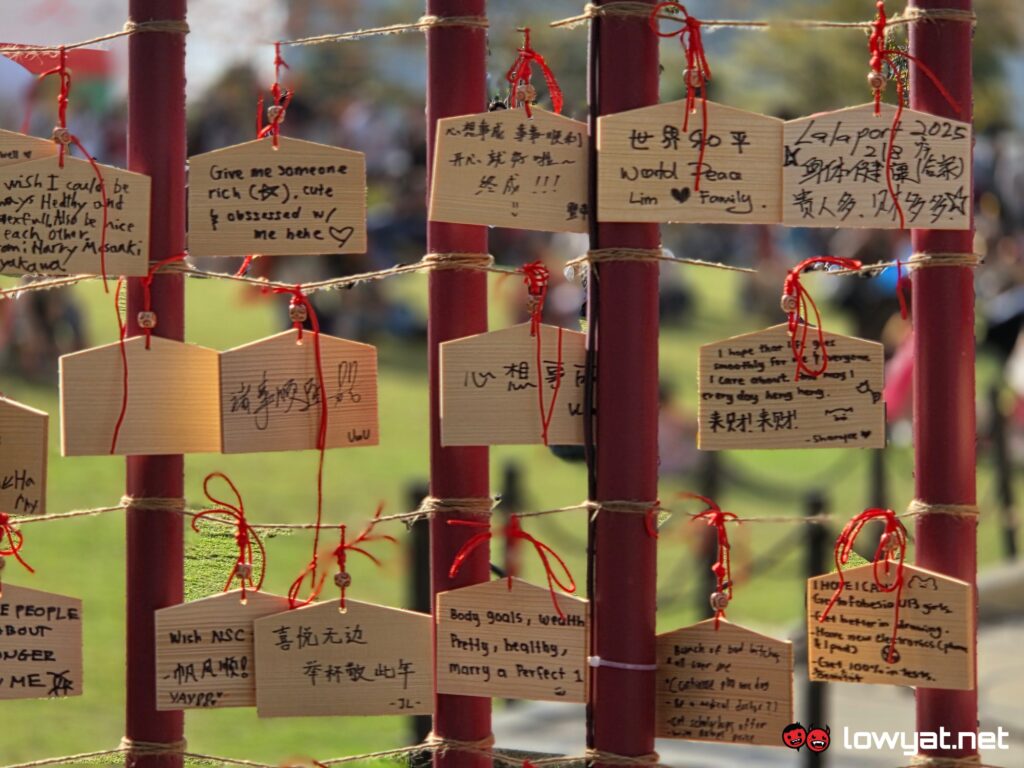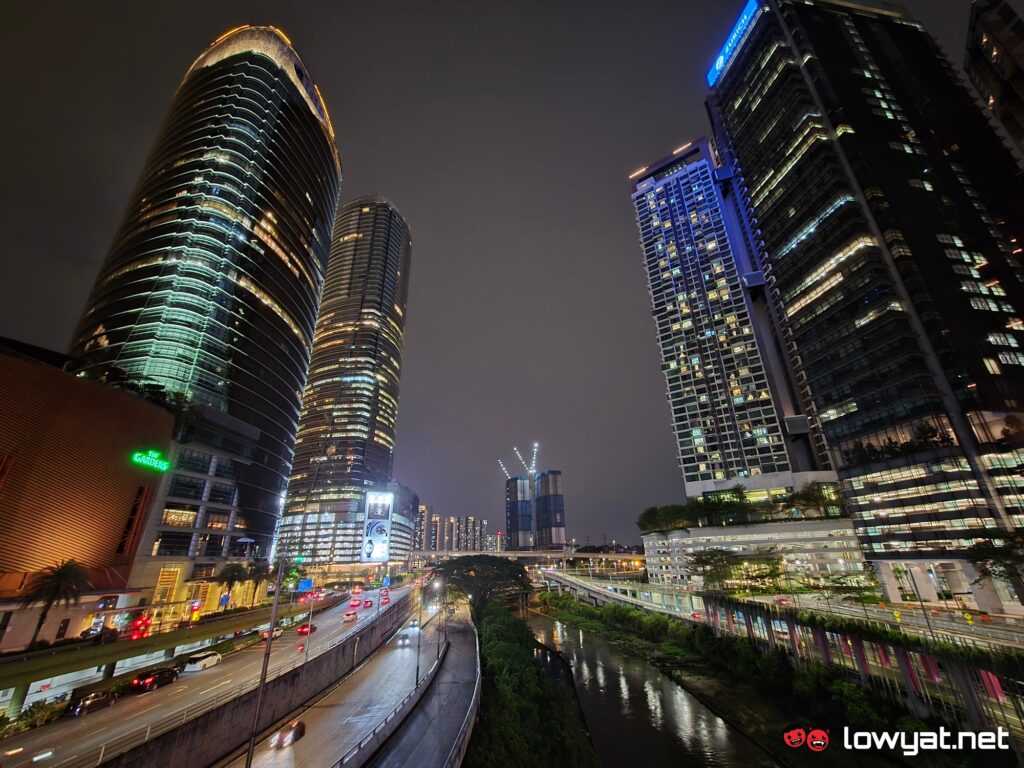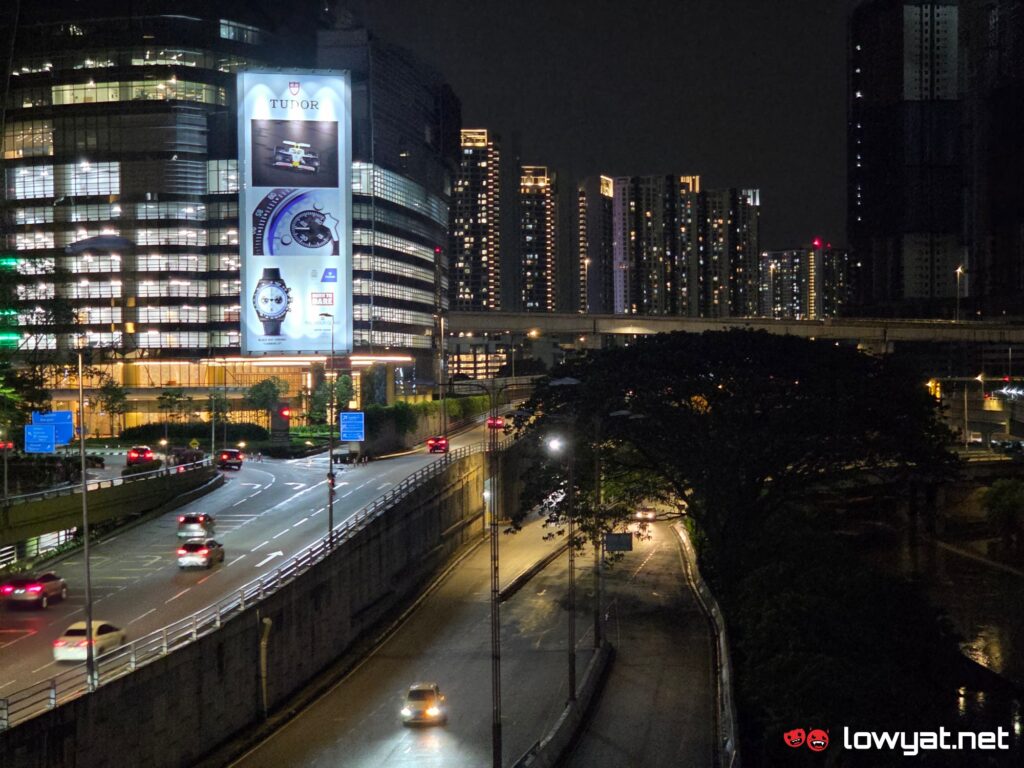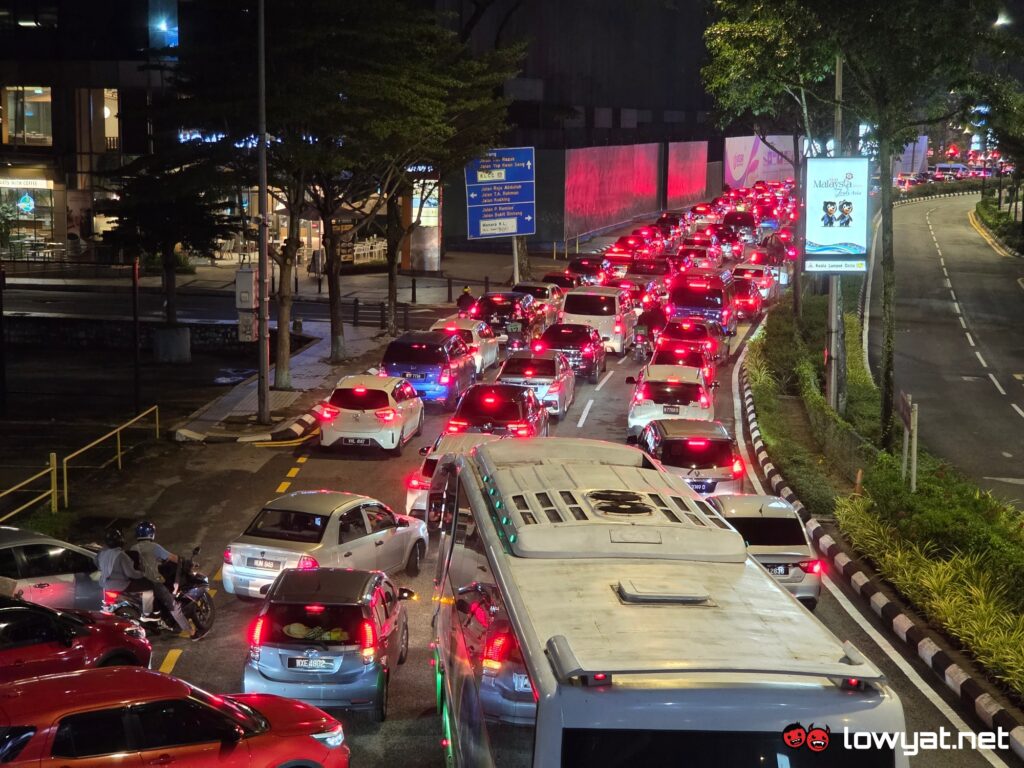With the Galaxy Z Fold7, Samsung has finally achieved the ideal foldable smartphone form factor that many have been hoping for since the introduction of its particular segment. Though not the first to achieve this, the newer model’s design manages to impress, especially when compared to its bulkier predecessors.
But is it a good device? That’s the big and pricey question, which starts from RM7,799, by the way. After using it as my primary device since its launch, here are my thoughts.
Specifications
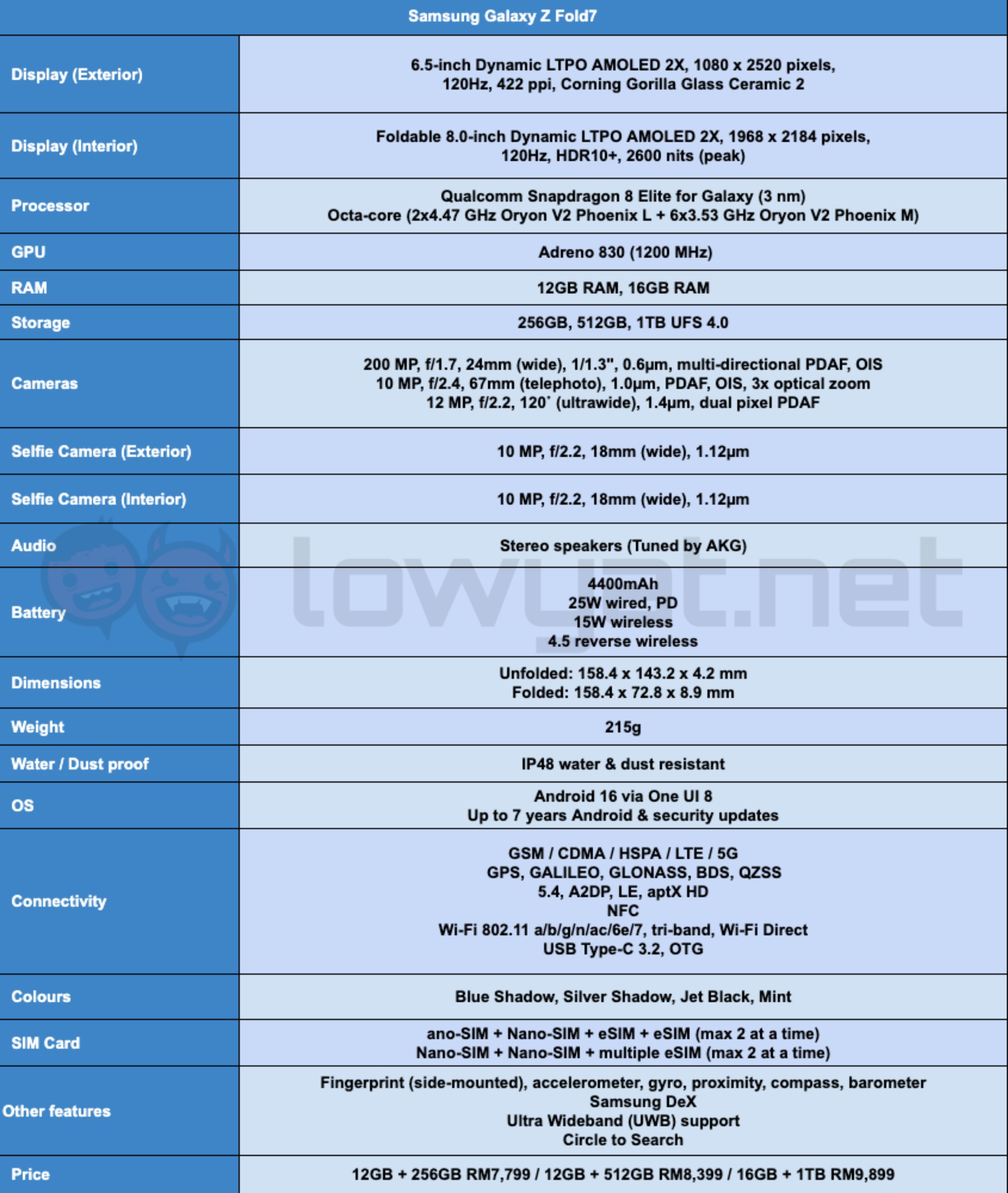
Just to bring you up to speed, the new Samsung Galaxy Z Fold7 introduces several notable changes from its predecessors. Most apparent is its thinness, measuring just 8.9mm. Despite this, it is slightly larger than the Fold6 in other dimensions, yet manages to weigh less at only 215g compared to 239g on the previous model. For protection, it retains the same IP48 rating for water and dust resistance.
Display-wise, the foldable’s internal display now measures at 8-inches, while its external is at 6.5-inches. For comparison, its predecessor’s own comes in at 7.6-inches and 6.3-inches respectively, so there’s some increment to be had – albeit just slightly.
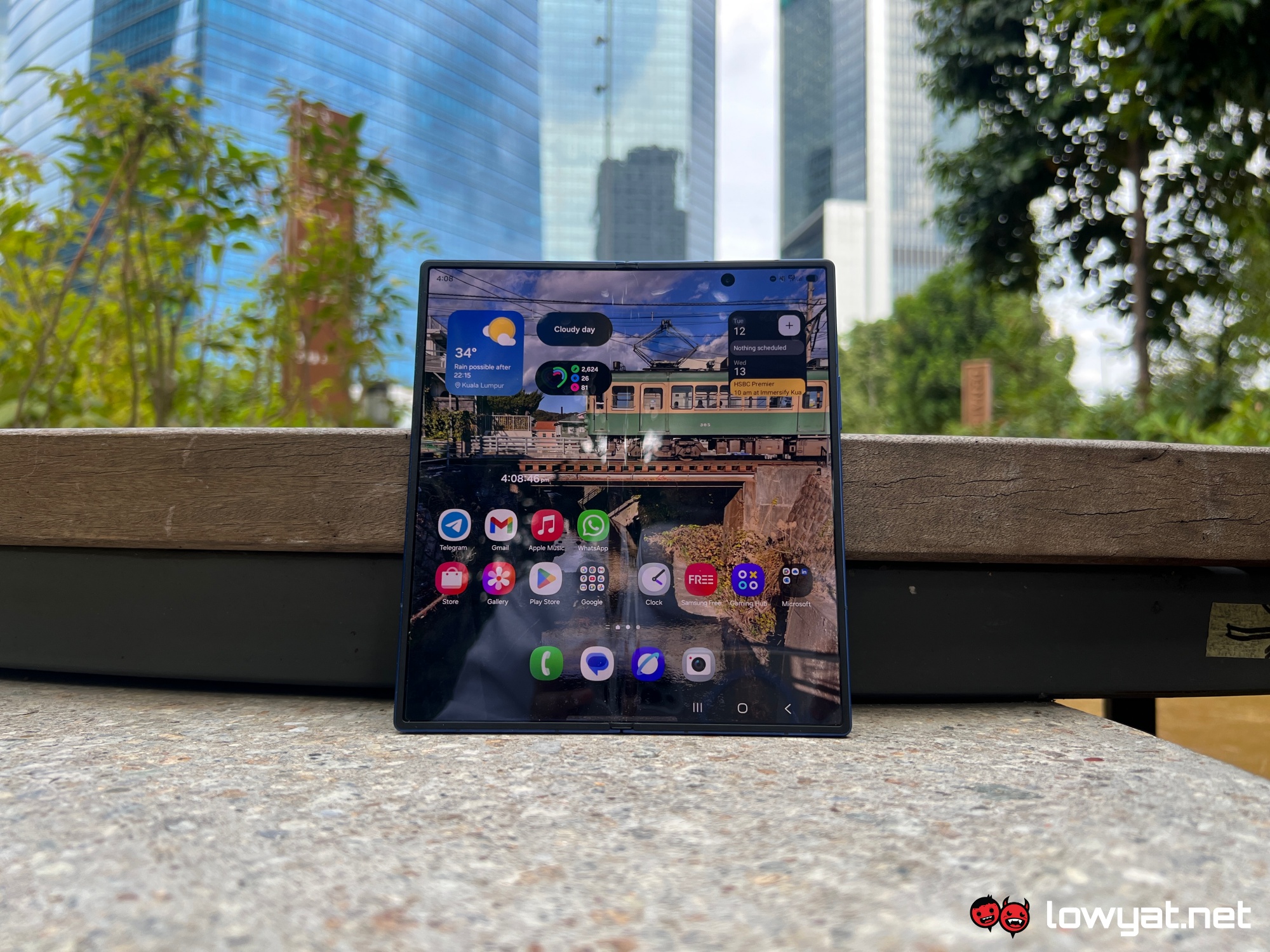
As for hardware, the Galaxy Z Fold7 gets a bump in performance via the Snapdragon 8 Elite For Galaxy chipset that’s tuned by both Samsung and Qualcomm. Storage configurations are the same as last year’s models, whereas RAM is also unchanged at 12GB – save for the 1TB option which instead comes with 16GB RAM. On that note, the model we’re reviewing is the 256GB + 12GB trim.
Other notable changes is the shift to Samsung’s 200MP sensor for the primary camera and a more traditional punch-hole cutout arrangement for the internal display’s selfie snapper, which now features a larger 10MP sensor. Then, of course, there is the unpopular omission of S-Pen support from both of the Fold7’s displays.
Looks And Functionality
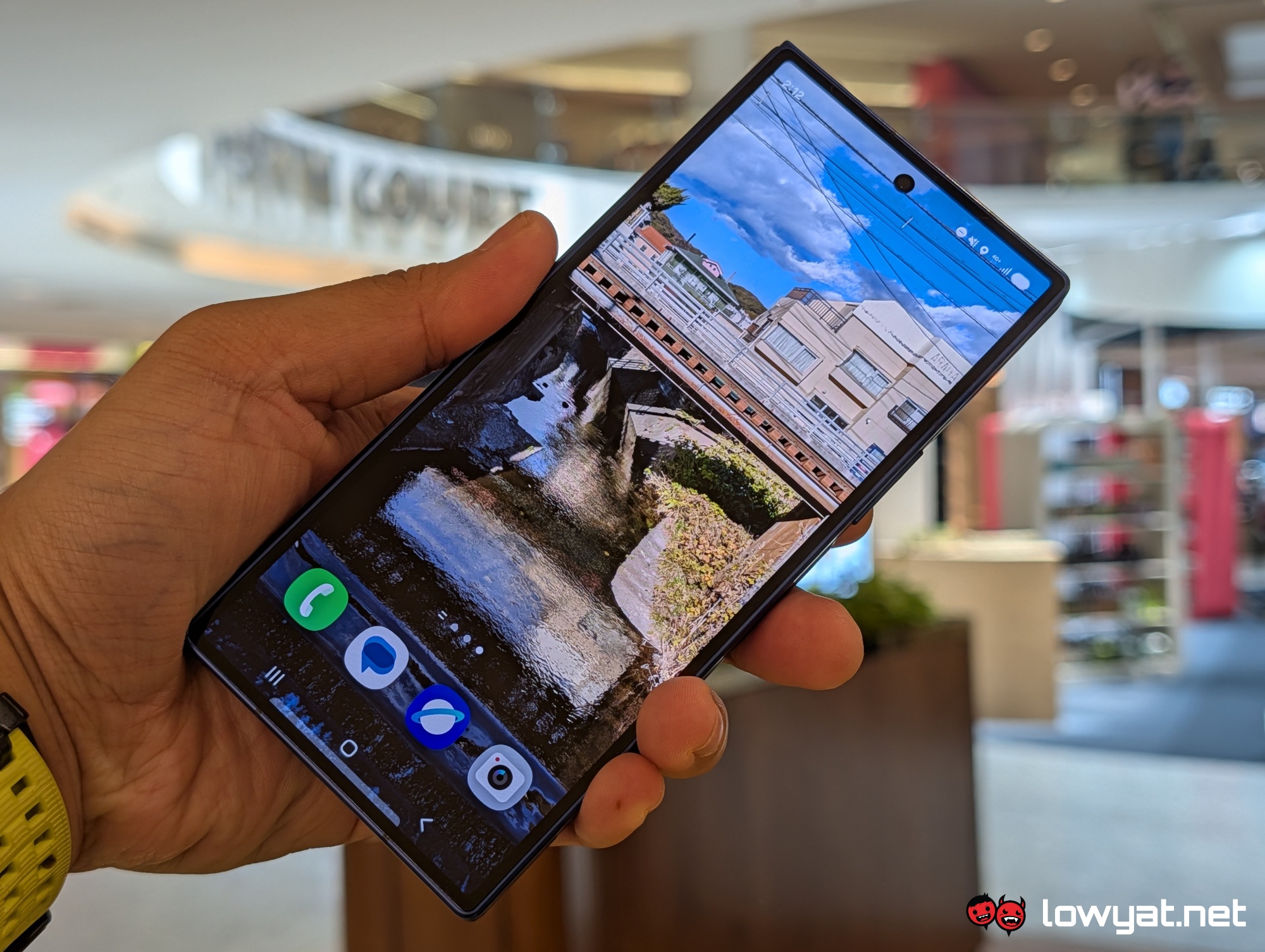
Hands down, the Galaxy Z Fold7’s incredibly thin profile in both modes is its major selling point. While the form factor itself isn’t entirely new to me due to my previous experience with the OPPO Find N5 and HONOR Magic V5, there’s still something very special about having a very slim foldable smartphone from Samsung on hand.
Personally, it just feels like holding a Galaxy S Ultra model in hand – with the only difference being that this one can, well, unfold. Moreover, it slides and fits nicely in my pocket, while one-handed operation is very natural. The button positioning is good, while the fingerprint sensor is so far reliable and snappy. Additionally, the phone’s overall weight falls under the “just nice” bracket for me.
Unfolded, things get interesting on the Galaxy Z Fold7 as weight is now distributed evenly on both halves, while its thinness becomes even more apparent. Like the Find N5 and Magic V5, the new Samsung foldable is currently one of the only few that offers an ultra slim tablet-esque experience. And there’s only so much that can be done from here, as the only thing that thwarts an even thinner profile is the USB-C port.
Its improved hinge enables for a less visible crease on the display, while its stiffness gives assurance of durability when switching between folded, unfolded, and flex modes. Speaking of which, you can utilise the Fold7 in the so-called tent configuration and half-folded orientation for media consumption and, to an extent, productivity. Like last year’s model, you can split both halves of the internal display to be used as a primary window on top and a keyboard at the bottom, as well as open up to three apps simultaneously on screen in the unfolded orientation.
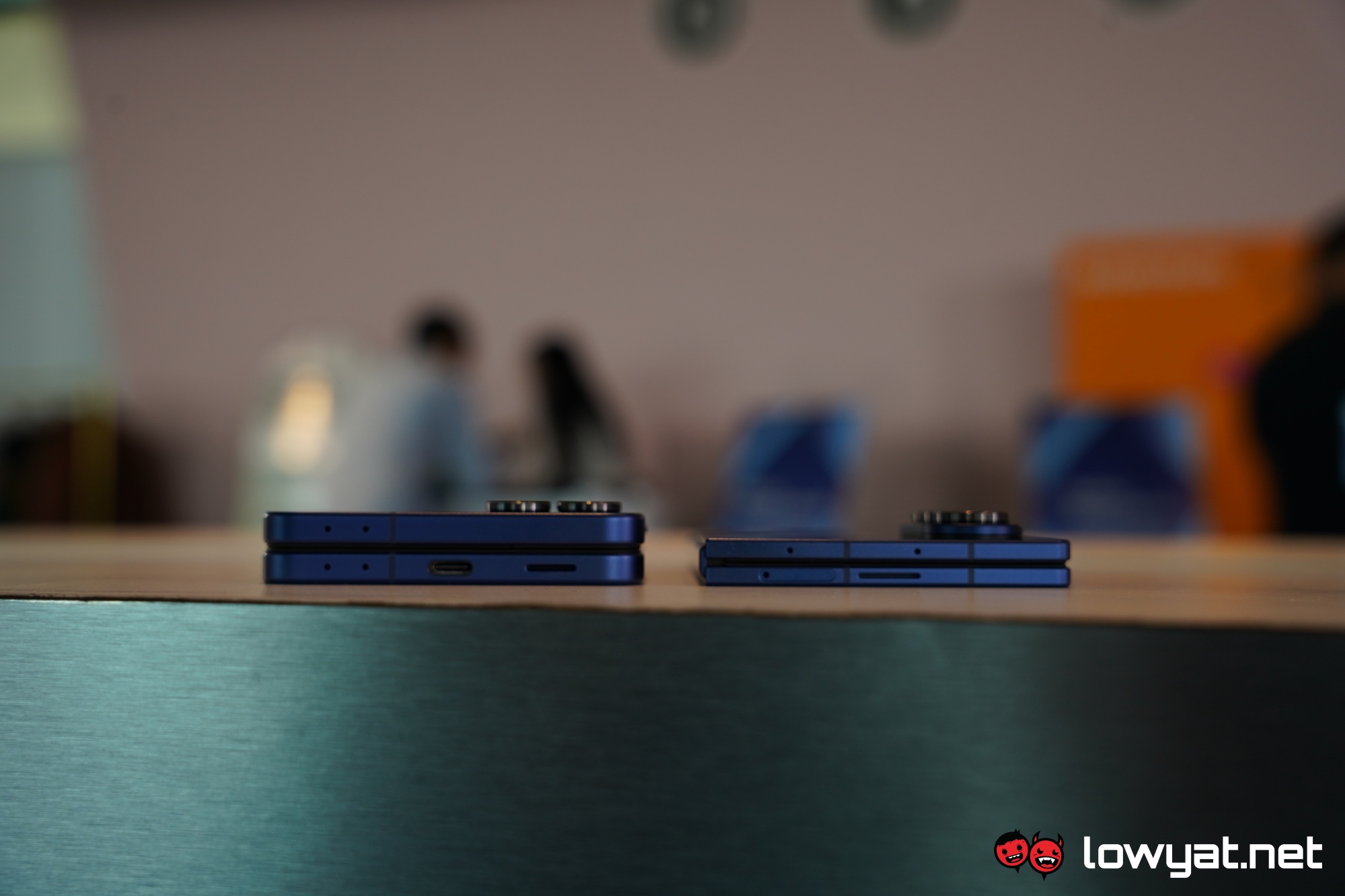
Perks aside, the Galaxy Z Fold7 retains Samsung’s familiar design language, for better or worse. It looks blocky with its mostly flat surfaces, while the rear camera layout, in my opinion, feels uninspired. The module also protrudes noticeably, which not only spoils the phone’s thin profile but also makes it wobble when placed on its back.
Another gripe is the phone’s flat sides, which make it harder to open due to the lack of grooves. There’s also a small gap between the hinge and the internal display seals, which can lead to dust buildup. And for some users, the switch from an under-display camera to a traditional punch-hole cutout takes away from the virtually seamless internal screen experience of previous models.
Then there’s the lack of S-Pen support, which may seem like a minor issue for some. However, for those who do appreciate the accessory and its usefulness in terms of productivity, this comes as a huge blow. With an internal display size doubling that of an Ultra variant of Samsung’s Galaxy S series, the removal of this feature feels like a waste on the Galaxy Z Fold7.
Performance And Battery
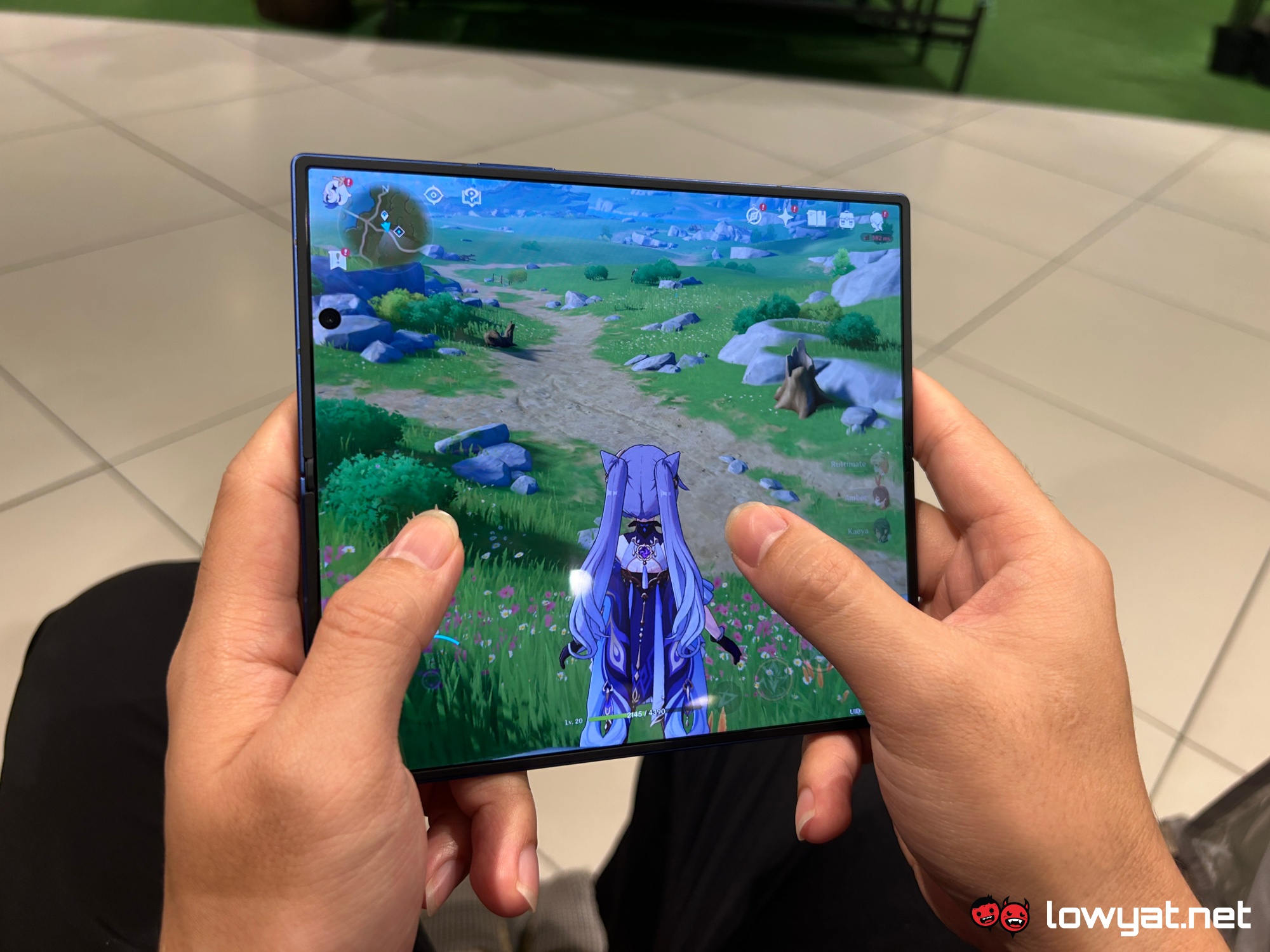
You can cast your performance-related worries aside thanks to the Qualcomm Snapdragon 8 Elite for Galaxy chip that’s included on the Samsung Galaxy Z Fold7. I can safely confirm that the phone easily shrugs off everything thrown at it – be it multitasking, productivity, or gaming.
Benchmark results from 3DMark and Geekbench rank the Fold7 among the upper tier of smartphones, though it falls behind some recent models in certain aspects while surpassing them in others. Like all foldables, scores vary depending on the mode, with folded mode performing better than unfolded.
Gaming-wise, the phone runs titles such as Genshin Impact and Nikke: Goddess of Victory rather smoothly in both folded and unfolded modes, with high frame rates and fast loading times. Of course, the experience is further enhanced via the internal display due to the larger screen estate, which also applies to other activities such as watching videos and photo editing.
Now, let’s move on to heat management – a legitimate concern, as the Galaxy Z Fold7 lacks its predecessor’s vapour cooling chamber system in favour of a slimmer form factor. Surprisingly, you can cast your worries aside as the phone does pretty well to keep temperatures in check for most cases. While it does get warm when running games or recording videos, the heat barely reaches worrying levels.
Despite having the same battery capacity as its predecessor, the Galaxy Z Fold7 gets a slight bump in usage life thanks to the power-efficient Snapdragon 8 Elite chip. In our non-stop video streaming test, it pulled off over 16 hours on the external display and around 15 hours on the internal. In real-world use, the foldable lasted more than 42 hours before it started nagging me for a charge. These values aren’t terrible, especially for this device segment, but they still trail behind what traditional bar-shaped phones offer.
What isn’t ideal are the charging speeds on the phone, which is rated at 25W wired and 15W wireless. If these sound familiar, that’s because they are the exact same as last year’s Galaxy Z Fold6. As such, a full top-up via USB-C still takes roughly an hour and a half. Compared to its rivals, charging on the Galaxy Z Fold7 is still notably slower.
Camera
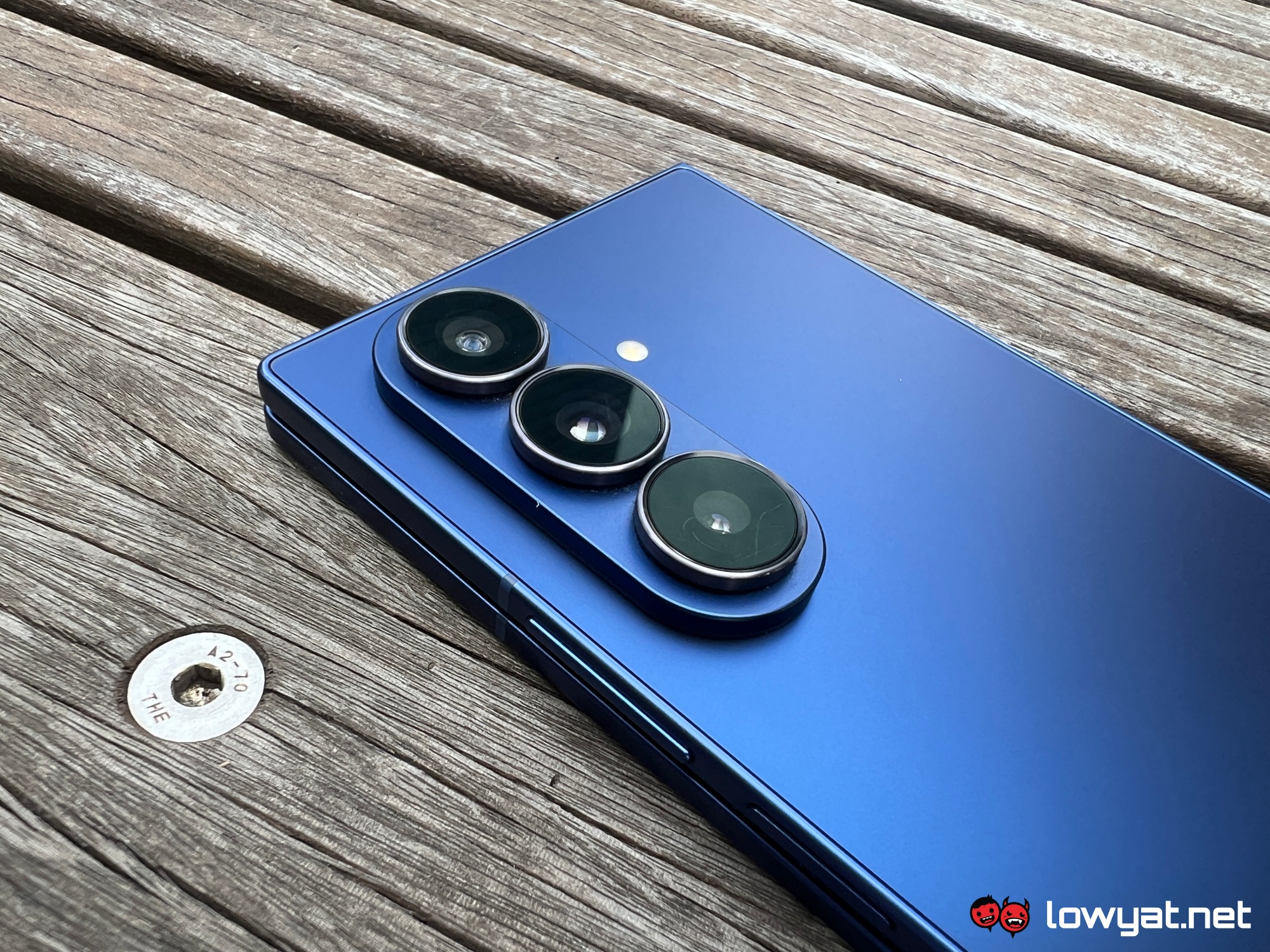
For the casual user, the Galaxy Z Fold7’s camera setup will certainly impress, especially with improved picture quality that’s provided by the 200MP primary sensor. Photos look great across most capture modes, with Samsung’s software automatically enhancing details whether you’re shooting under bright sunlight or in dimly lit situations. The results hold up even when pushing up to 10x digital zoom, though performance does dip in low-light conditions. Going beyond 20x is where the quality falls short, as the Fold7 lacks a periscope lens and relies purely on digital zooming.
To Samsung’s credit, the company has not leaned on generative AI to patch over low-light or digitally zoomed photos. Instead, the Galaxy Z Fold7 still employs more traditional methods to compensate, which, while not always flattering, at least provide an honest representation of the image. If there’s anything worth nitpicking, it would be the camera software’s approach to colour grading. Depending on the scene, photos can appear slightly washed out or overly saturated. While this is something professionals can easily correct in post, casual shooters will likely accept the results as is.
Portrait Mode is another area with mixed results. Like Samsung’s other recent flagships, the Galaxy Z Fold7 sometimes produces believable shots with natural-looking depth and bokeh. At other times, however, subjects can appear cut out with blurring that looks artificial or misaligned.
On the video side, the foldable supports recordings at up to 8K resolution, though this is limited to 30 fps, with zooming restricted to 5x digital only. Lower resolutions open up more flexibility, with UHD (4K) and FHD modes supporting frame rates up to 60 fps, and access to the phone’s 3x optical zoom. HD, however, remains capped at 30 fps. Much like stills, overall quality is excellent but can take a noticeable hit in low light. Another factor to consider is heat buildup, where the phone tends to get warm during extended video sessions, particularly in 8K, so it’s not ideal for shooting long-form footage in one take.
As for post-processing, Samsung has carried forward its Galaxy AI tools, including object and reflection removal, Generative Edit, Sketch to Image, and Portrait Studio. Oddly enough, the company’s most powerful first-party editing suite isn’t built in. The Galaxy Enhancer app, which must be downloaded separately, unlocks additional features such as CameraShift and Focus Shift, along with fun extras like SkyGuide – a mode that overlays constellations on starry sky shots based on your location.
What about the new 10MP selfie camera on the Galaxy Z Fold7’s internal display? The move from a smaller sensor and under-display tech to a traditional punch-hole cutout brings noticeable improvements in image quality, though it’s still nothing to write home about. As for the external screen, its front-facing camera uses the same 10MP sensor, so expect similar results there.
Sample Photos
Competition
OPPO Find N5

OPPO introduced the Find N5 in February, positioning it as one of the slimmest foldables currently available. The device features a 6.62-inch LTPO OLED cover screen, paired with a larger 8.12-inch LTPO OLED display on the inside. Driving the hardware is Qualcomm’s Snapdragon 8 Elite processor, alongside 16GB of RAM and 512GB of internal storage. A 5,600mAh battery sits at its core, supporting 80W wired charging and 50W wireless charging.
For imaging, the Find N5 carries a triple rear camera setup consisting of a 50MP main sensor, a 50MP periscope telephoto, and an 8MP ultra-wide, while both inner and outer selfie cameras are 8MP each. Despite packing all this, the phone maintains a sleek form factor at just 229g, measuring 8.9mm when folded and 4.2mm unfolded. In Malaysia, the foldable is priced at RM7,999.
HONOR Magic V5

The HONOR Magic V5 made its local debut in July. It sports a 6.4-inch LTPO OLED cover display alongside a 7.92-inch LTPO OLED inner screen. Inside, it runs on Qualcomm’s Snapdragon 8 Elite processor paired with 16GB of RAM and 1TB of storage. A 5,820mAh battery keeps things running, complete with 80W wired and 66W wireless charging support.
For imaging, HONOR’s foldable is equipped with a triple rear setup consisting of a 50MP primary, 64MP periscope telephoto, and 50MP ultra-wide sensor, with a 16MP camera for both inner and outer displays. The phone remains slim and light, coming in at 9mm when folded and 4.2mm when unfolded, and weighing 226g. The Magic V5 retails at RM7,999.
Vivo X Fold5
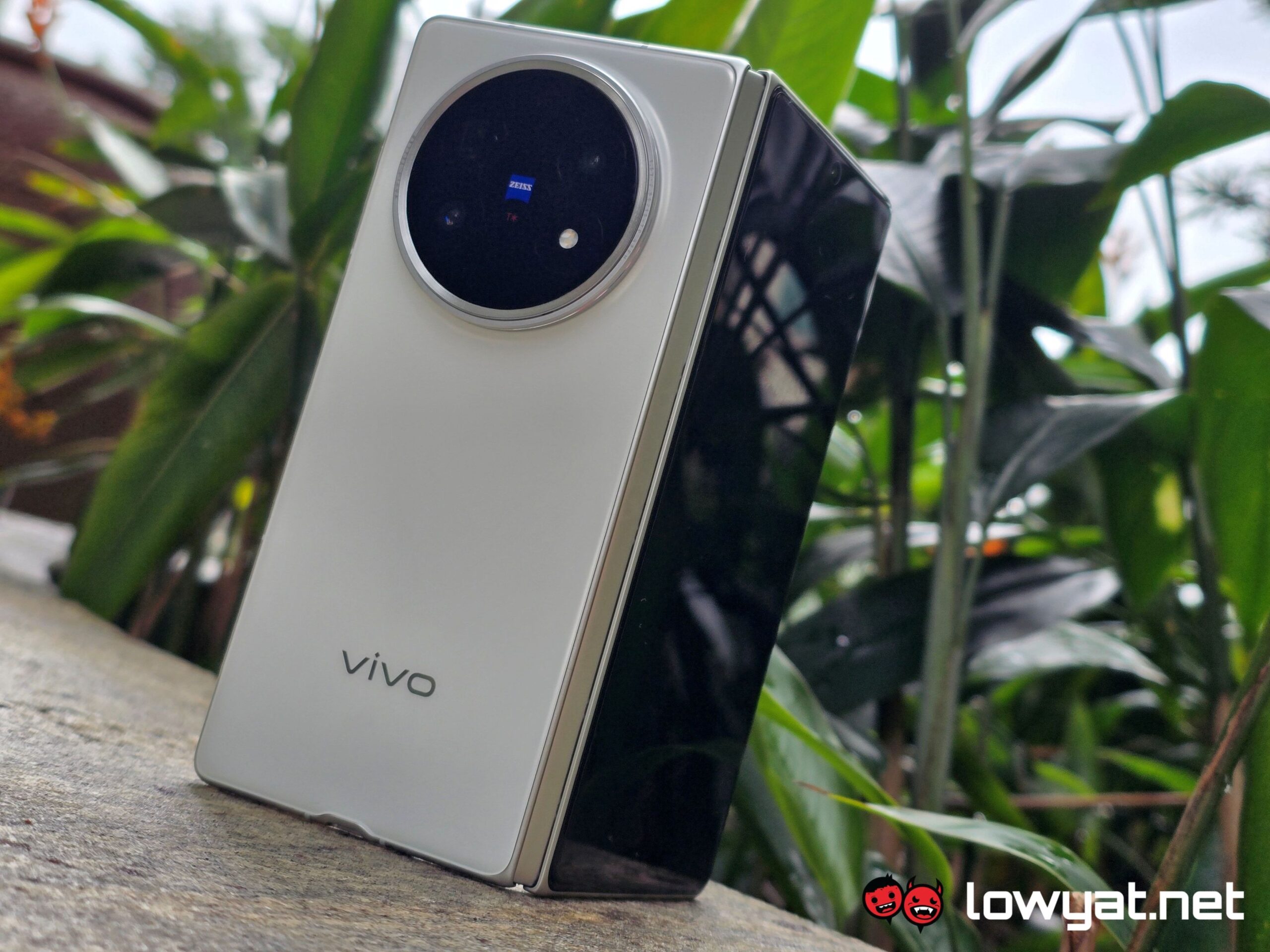
Launched earlier this month, the vivo X Fold5 features a 6.53-inch LTPO AMOLED cover display and a large 8.03-inch inner screen, both running at 120Hz with peak brightness up to 4,500 nits. Under the hood, it runs on the Snapdragon 8 Gen 3 processor with 16GB of RAM and 512GB of storage. Power is supplied by a 6,000mAh battery, the biggest in any Vivo foldable to date, with support for 80W wired and 40W wireless charging.
Imaging-wise, vivo partnered with Zeiss to equip the device with a triple 50MP array covering main, ultra-wide, and periscope telephoto lenses, capable of 3x optical and up to 100x digital zoom. The vivo X Fold5 retails for RM6,999.
Conclusion
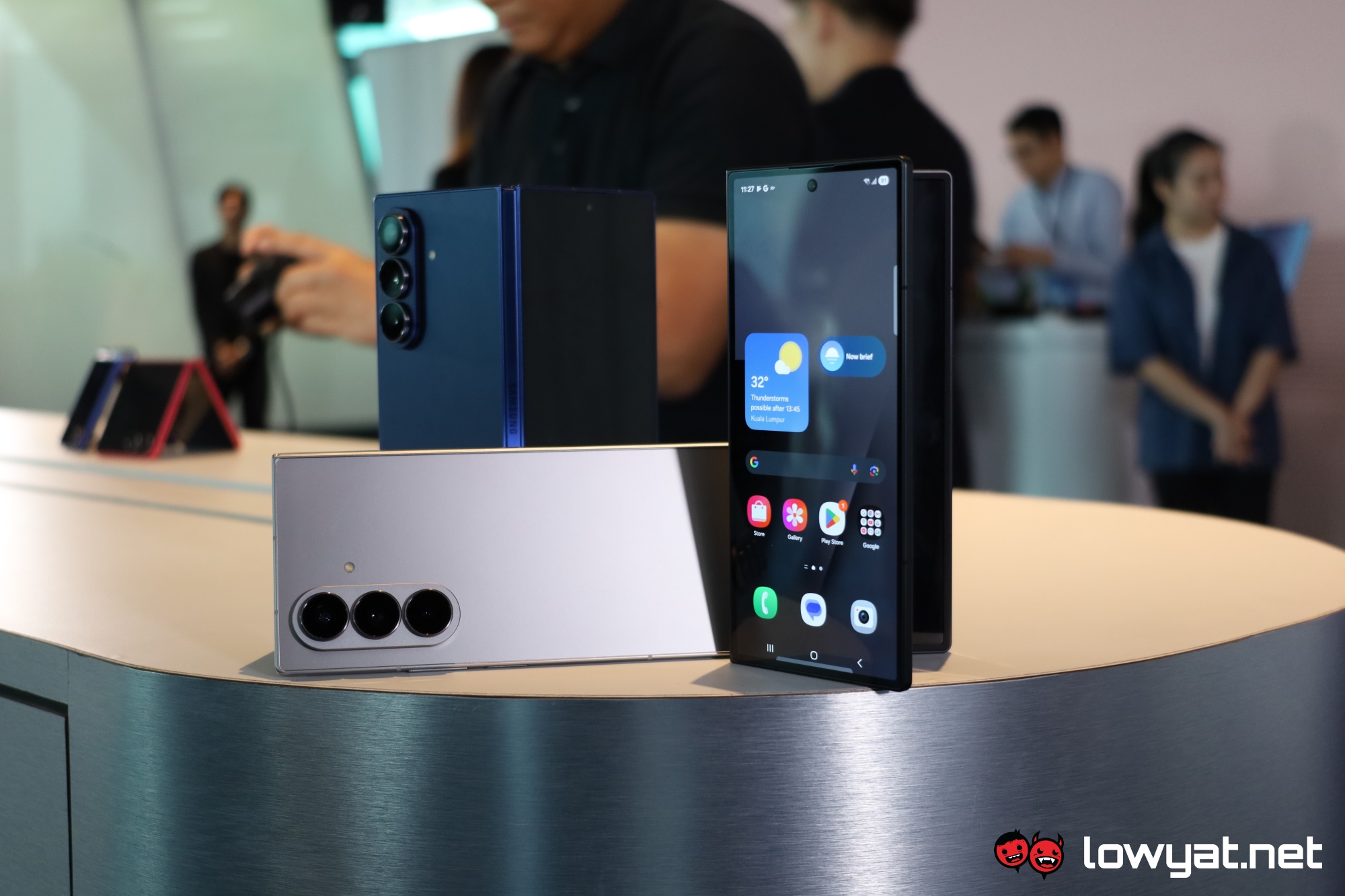
Like its rivals that have also shifted towards slimmer designs, the Samsung Galaxy Z Fold7 is a worthwhile option. It isn’t the most affordable, but for those already invested in Samsung’s ecosystem, it remains a compelling upgrade.
As someone who’s been using Samsung’s Flip models, the jump to its book-style foldable smartphones was surprisingly pleasant. The Galaxy Z Fold7’s slimmer form factor makes it easier to handle and carry, while the expansive internal display proves useful for both productivity and leisure.
That said, the absence of S Pen support is disappointing, its overall design feels uninspired, while the cameras leave more to be desired. Still, its strengths outweigh its shortcomings, though its breakthroughs come at a cost.

